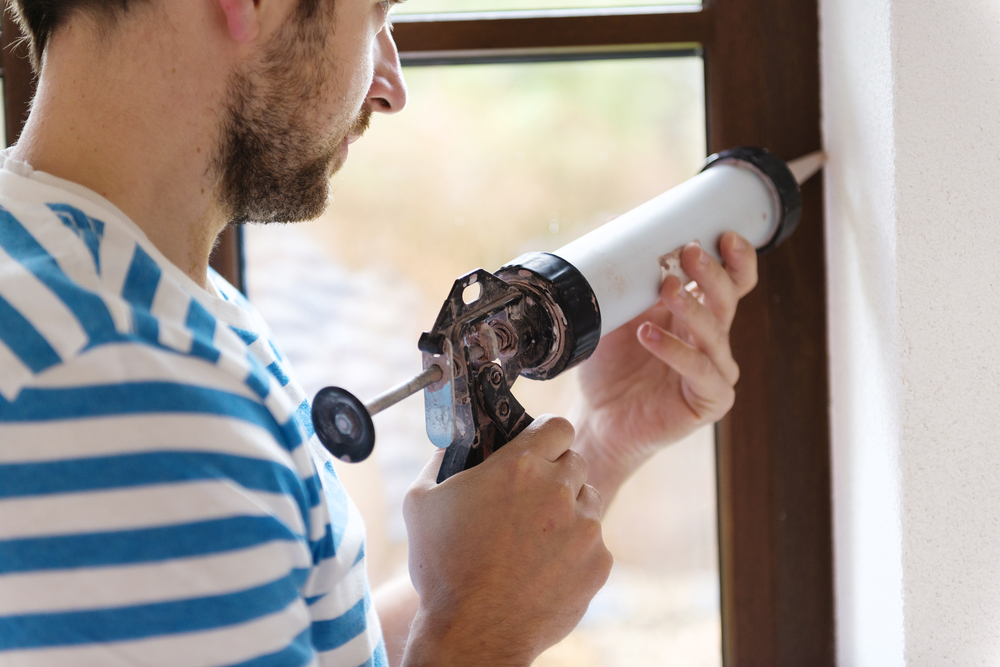Top Energy Conservation Techniques
There is a lot of room for improvement in the U.S. when it comes to conserving energy. In fact, it’s estimated that about 68% of the energy consumed in the U.S. every year is wasted. This is a major problem, which is why it’s so important to do your part to help conserve energy. Fortunately, there are countless ways to save energy at home without sacrificing your comfort or making significant changes to your lifestyle. Try these top energy conservation techniques:
Install A Programmable Thermostat
Make sure your heating and cooling system isn’t wasting energy by installing a programmable thermostat. Use the programmable thermostat to pre-set temperatures and heating and cooling schedules.
For example, adjust the settings so the heating and cooling system turns off during the hours you are at work. Setting this type of schedule ensures that you are not wasting energy on heating up or cooling down an empty home.
This is one of the simplest, yet most effective, energy conservation techniques. This one change—turning off the heater or air conditioner while you’re at work—can also reduce your home’s energy consumption by about 10%.

Seal Air Leaks
A lot of energy is used to keep your home warm in the winter and cool in the summer. But this energy will go to waste if the air inside your home is escaping through small cracks and holes around the windows and doors. If this air escapes, your heating, and cooling system will have to consume even more energy to maintain a comfortable temperature inside your home.
To solve this problem, use a caulk gun to apply a thin layer of caulk around the doors and windows in your home. The caulk will seal the air leaks, which will save a great deal of energy every month.
Target Frequently Used Light Bulbs
Replacing the light bulbs in your home with energy-efficient bulbs can drastically reduce your energy consumption. But the idea of swapping out every light bulb in your home may seem overwhelming. Instead, try starting small by targeting the most frequently used light bulbs in your home instead.
For example, the bathroom lights are some of the most frequently used light fixtures in your home. Replace these—and a few others—with energy-efficient bulbs to start saving energy and money. Putting energy-efficient bulbs in the five most frequently used light fixtures can save you about $70 per year.
Plug Into A Power Strip
Many people don’t realize that electronic devices and appliances that are plugged into the wall can still consume energy when they are turned off. Fight back against these “energy vampires” by plugging them into a power strip. If you aren’t using the electronics, flip the switch on the power strip to turn them off. Flipping this switch will cut off the electricity so these electronics won’t be able to consume energy while they’re not in use.
Improve the Energy Efficiency of Your Water Heater
There are several ways to make your water heater more energy efficient. Start by adjusting the temperature to 120 degrees Fahrenheit. Dialing the temperature down to 120 degrees Fahrenheit won’t affect your hot water supply, but it will reduce the amount of energy the water heater uses on a daily basis.
Place the back of your hand against your water heater to see if it feels warm to the touch. If it does, this means the water heater could be losing heat through the top, bottom, and sides. The more heat it loses, the more energy it must consume to keep your water hot. To save energy, cut back on heat loss by insulating the water heater.
Insulating a water heater is not hard, but if you aren’t handy, you may want to reach out to your utility company for help. Many utility companies offer this service at a low cost.
Use Window Treatments Wisely
Many people think of window treatments as home décor, but these coverings actually serve a functional purpose. Knowing how to use window treatments wisely is one of the keys to saving energy in your home.
In the winter, close your window treatments after dark to prevent the cold night air from getting into your home. If the sun is out during the day, keep the window treatments open to let the heat inside. The heat from the sun will warm up your home so your heater doesn’t have to consume as much energy to keep you comfortable.
In the spring and summer, close the window treatments on windows that face south or west. This will keep the heat from the sun out of your home, which makes it easier for your air conditioner to keep you cool.
Start Saving With These Simple Energy Conservation Strategies
There are a number of benefits to going green at home. Making an effort to save energy at home can help you reduce your carbon footprint, protect the planet, and lower your monthly utility bills. Implement some—or all—of these simple strategies so you can start enjoying the many benefits of living in an energy-efficient home!


